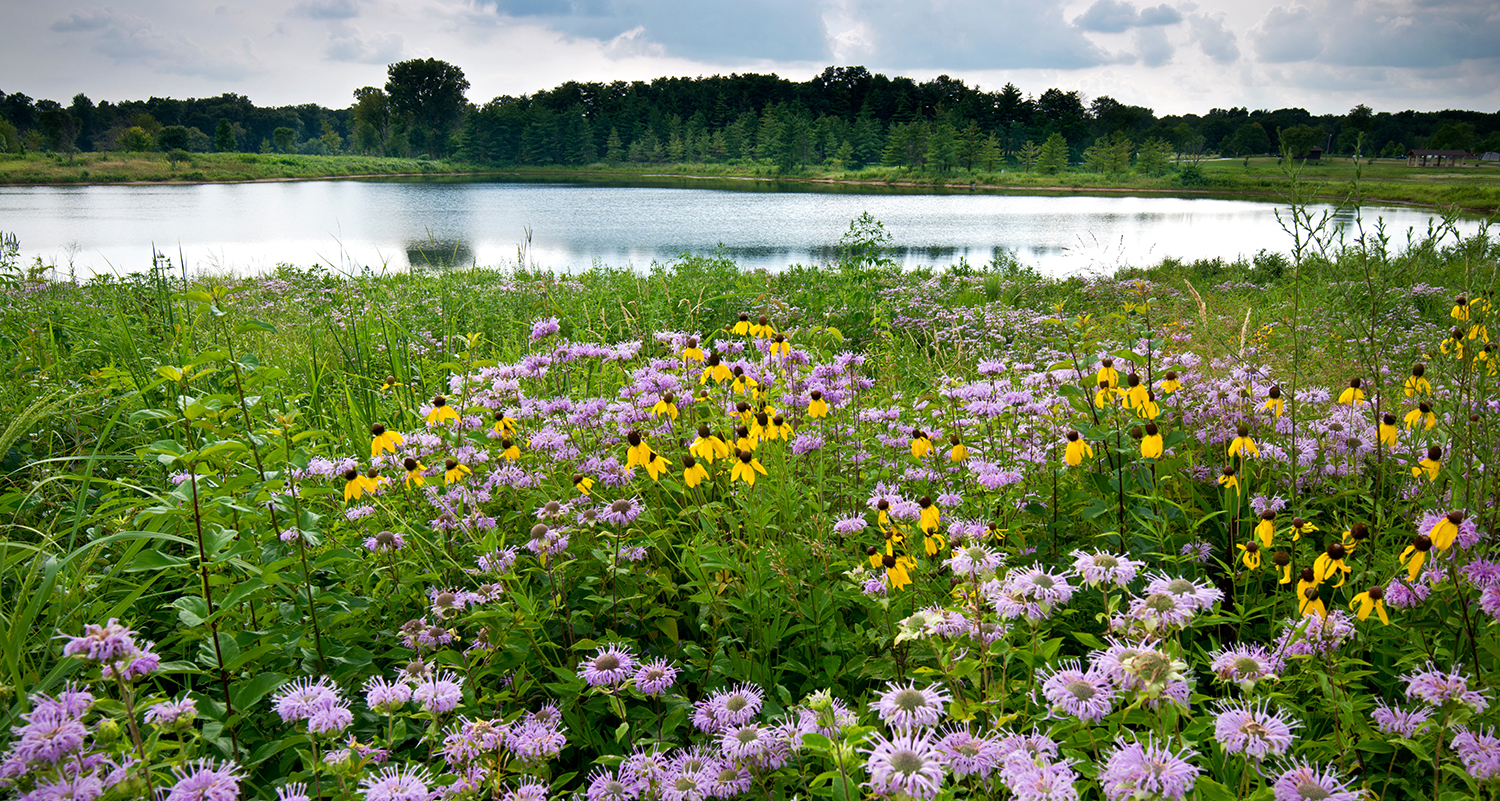How Roadside Managers Can Adapt Their Management Strategies
Table of Contents

- Consult with herbicide vendors to discuss mitigating the effects of reduced herbicide effectiveness due to dust. Mitigation strategies may vary depending on the brand of herbicide.
- Add as much plant diversity as you can afford when planting roadsides. A diverse seed mix, provided free of charge by the Tallgrass Prairie Center, includes species adapted to various moisture conditions, ranging from drought-tolerant to those that thrive in wet environments.
- Seed when weather conditions are favorable (see Chapter 5: Seeding).
- It is best to seed after it has rained, not before.
- If seeding in the spring, you may need to increase the seeding rate to compensate for seed that is dislodged during heavy spring rain events.
- If possible, do more dormant seeding, when the ground is not yet frozen but cold enough that seed will not germinate until the warmer spring months, to reduce the chances of extreme weather affecting your plantings.
- Conserve soil moisture by reducing mowing during drought conditions. If feasible, mowing vegetation at a height of 10 inches or more also helps conserve water.


